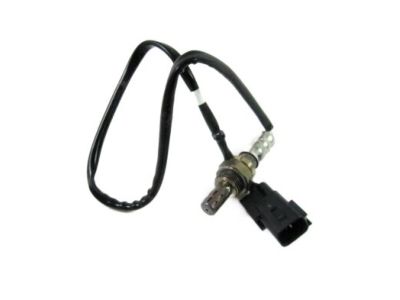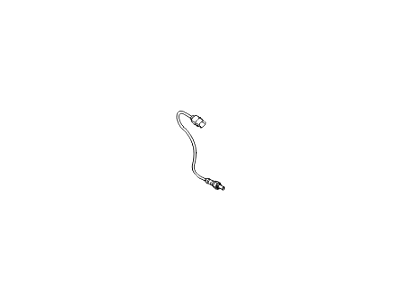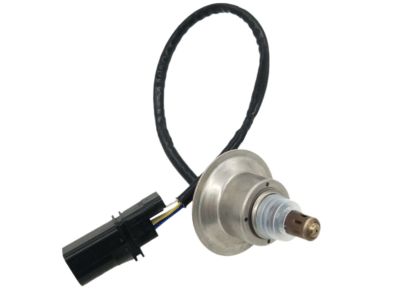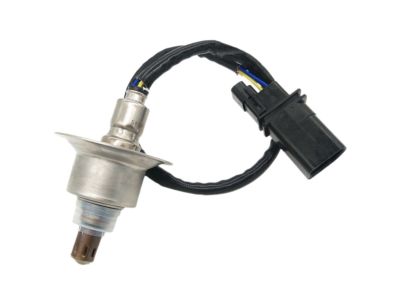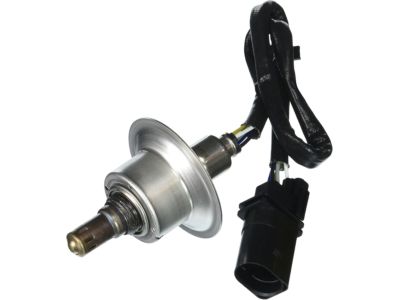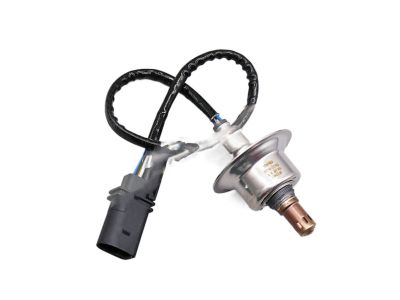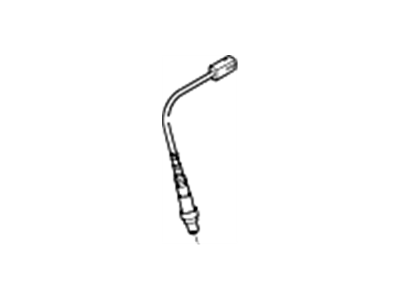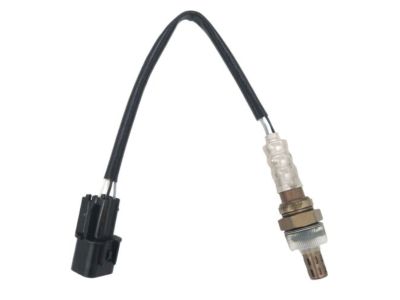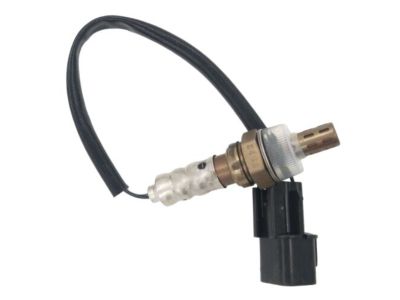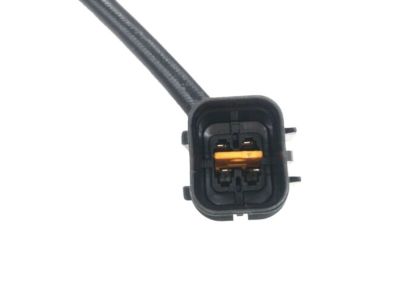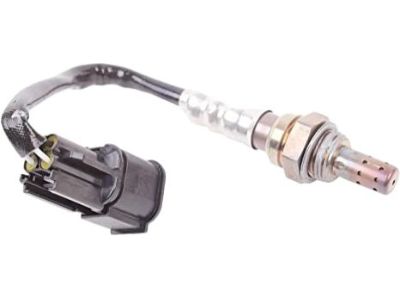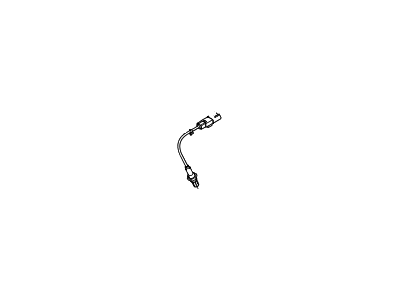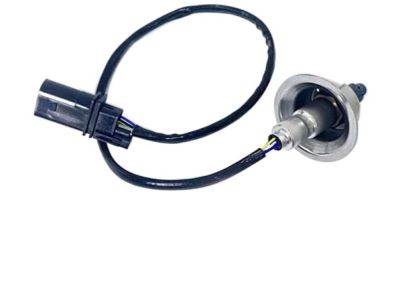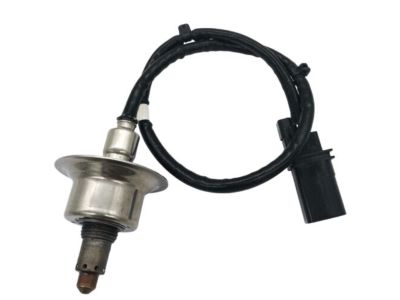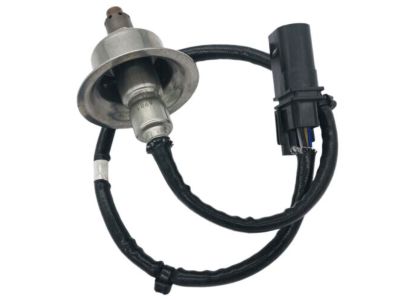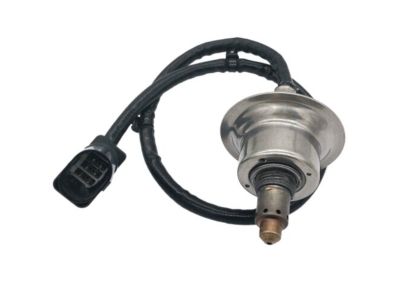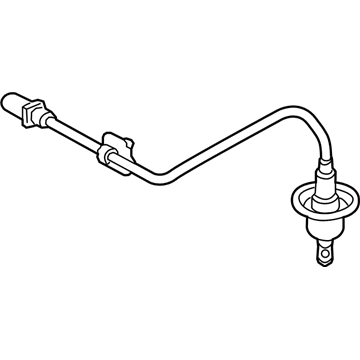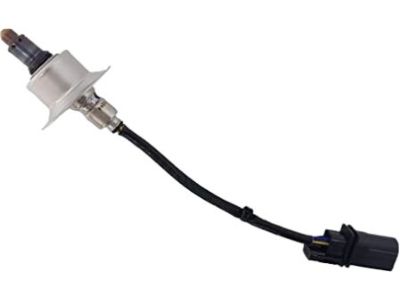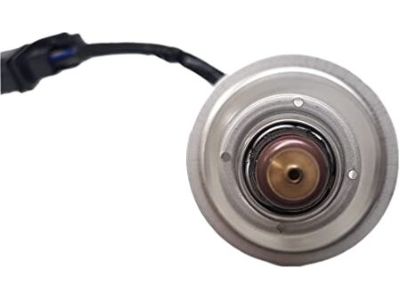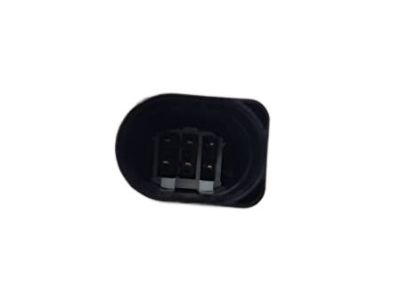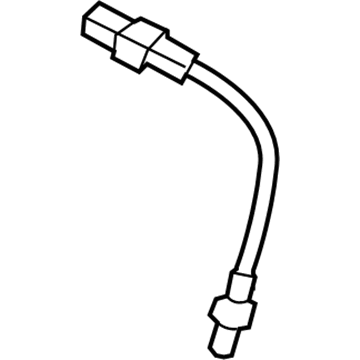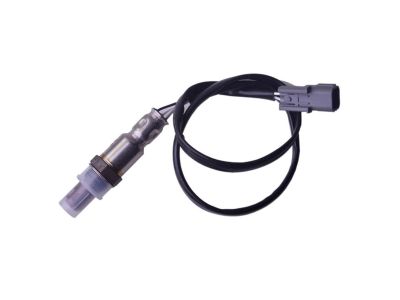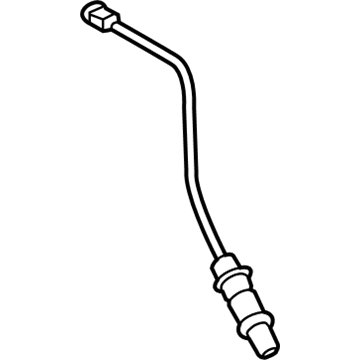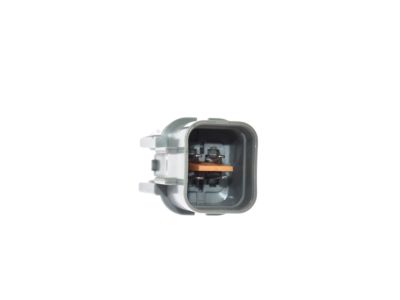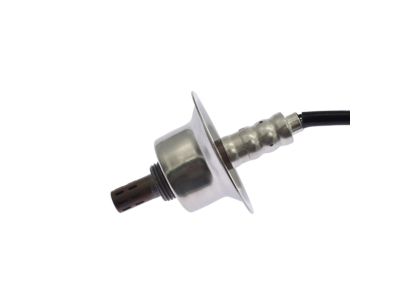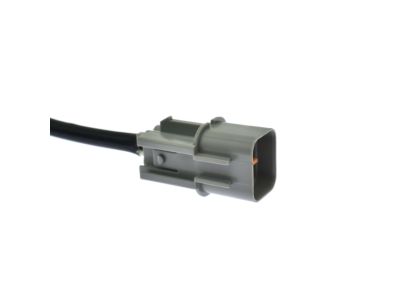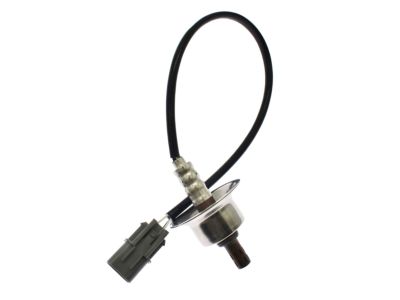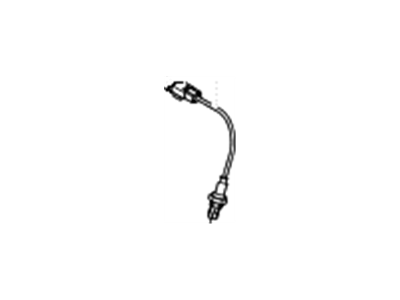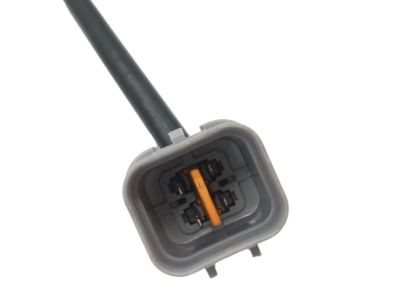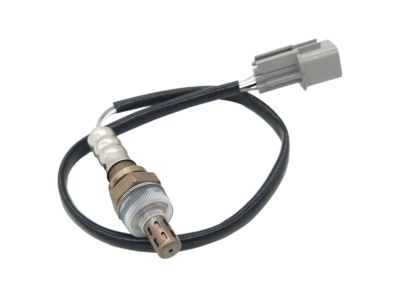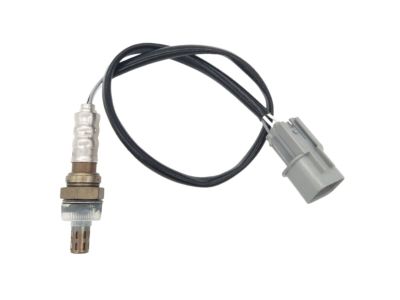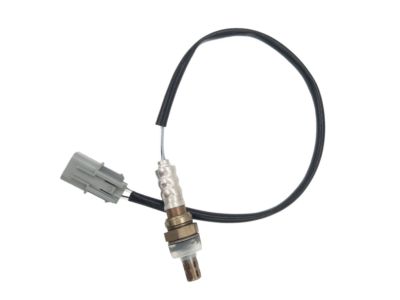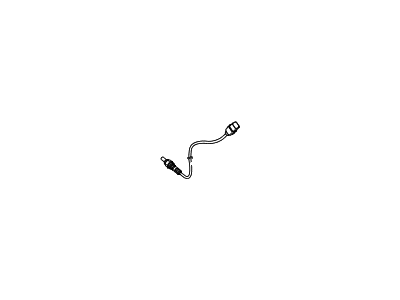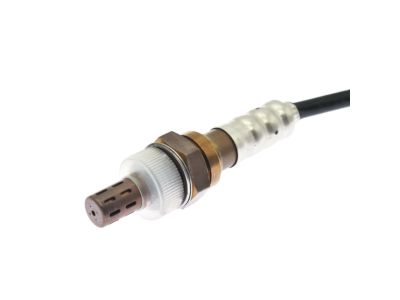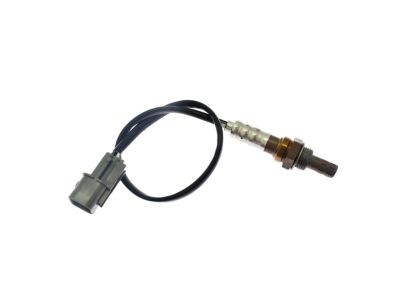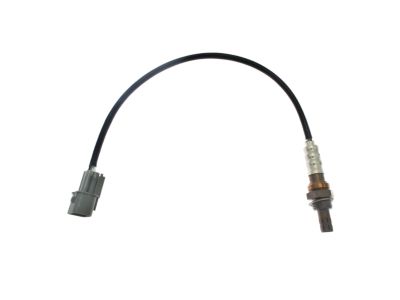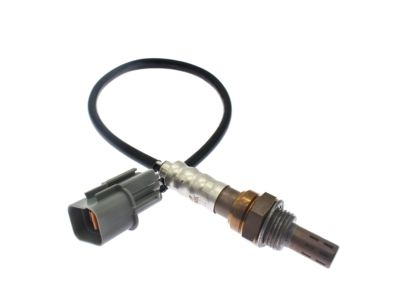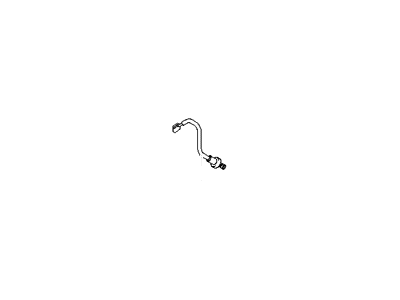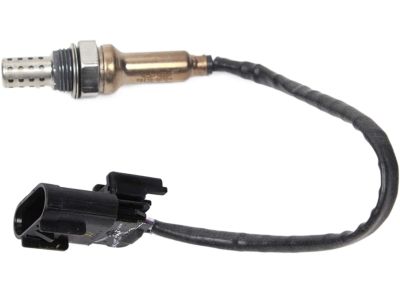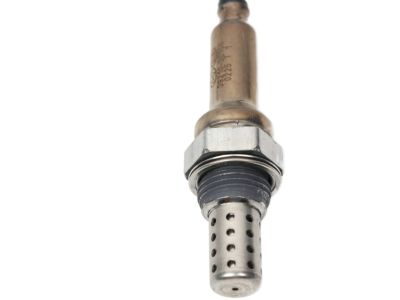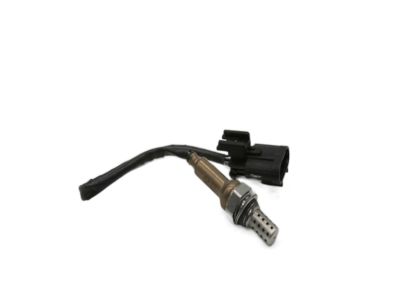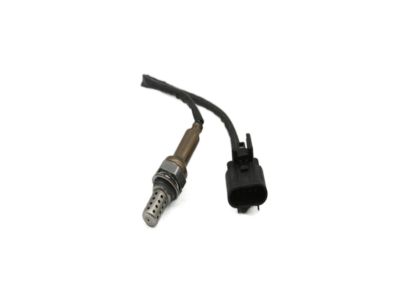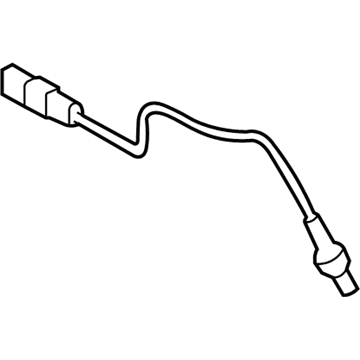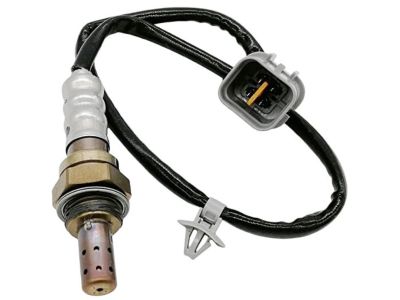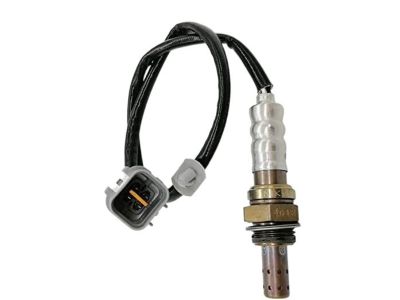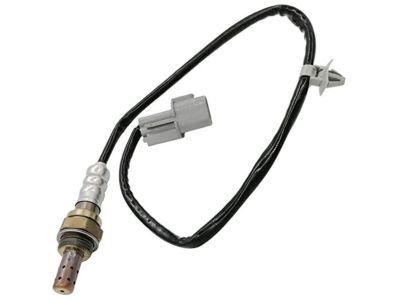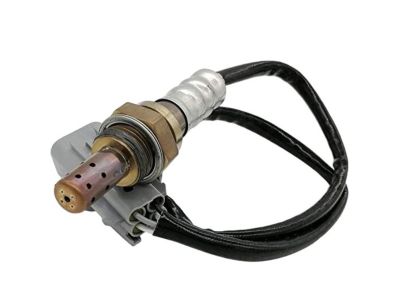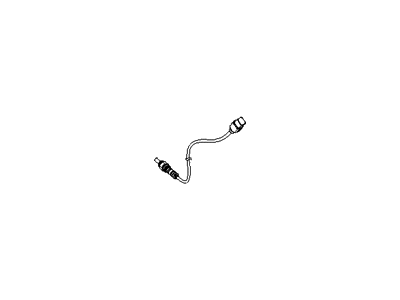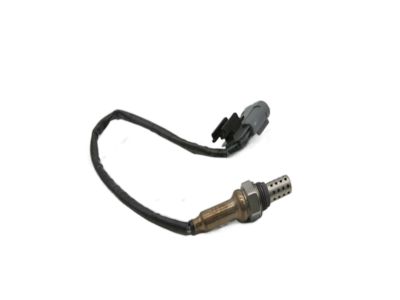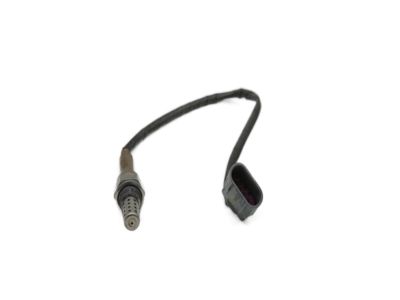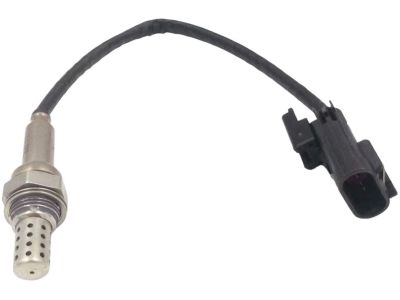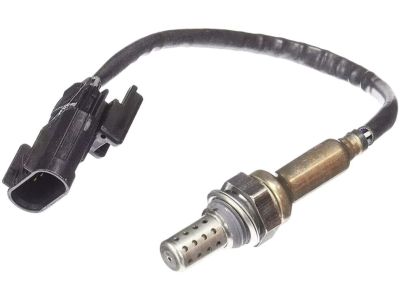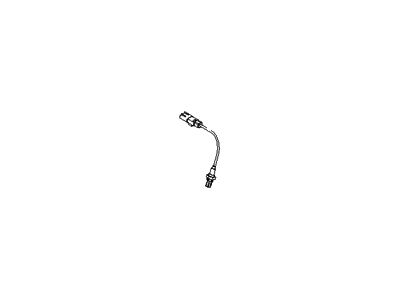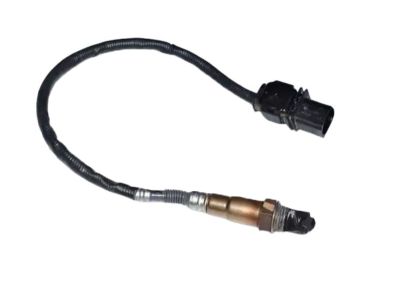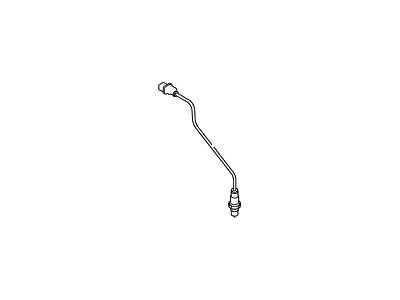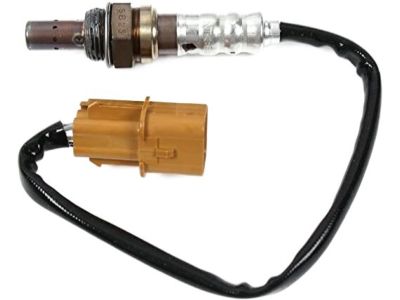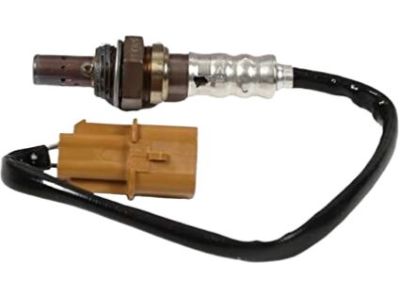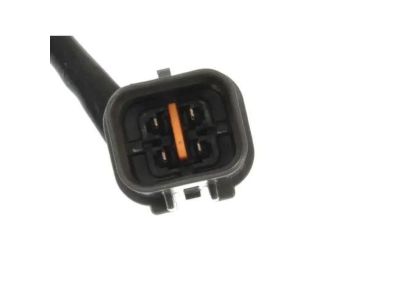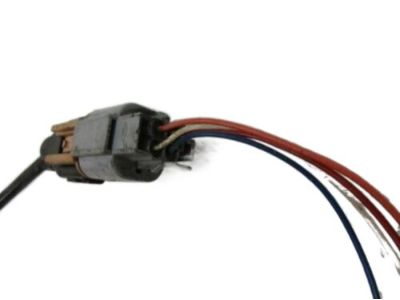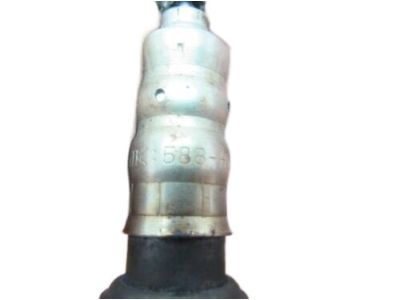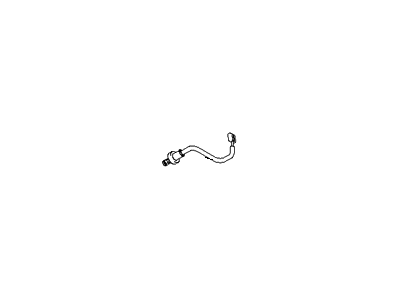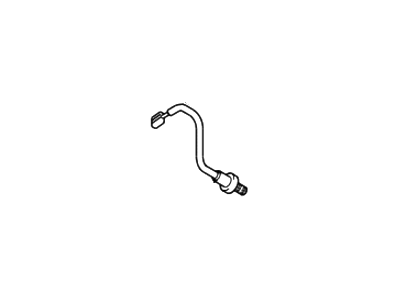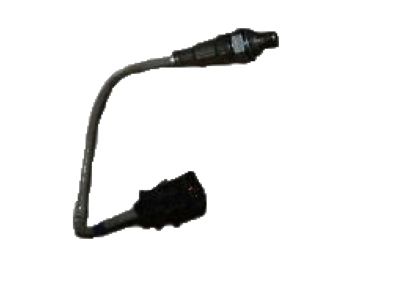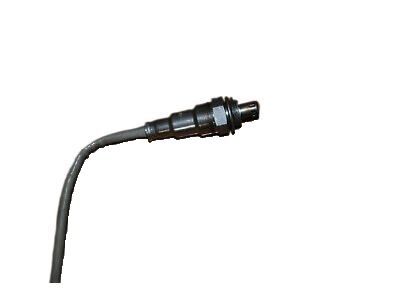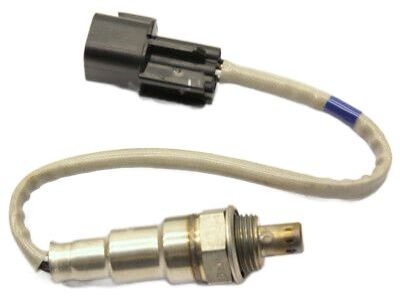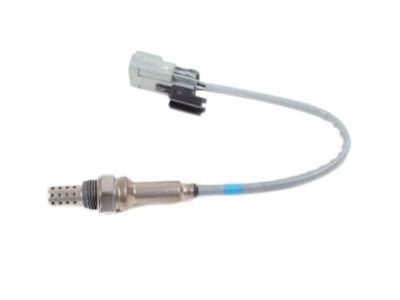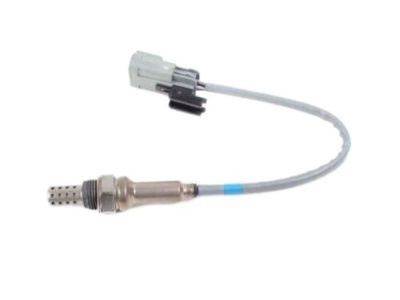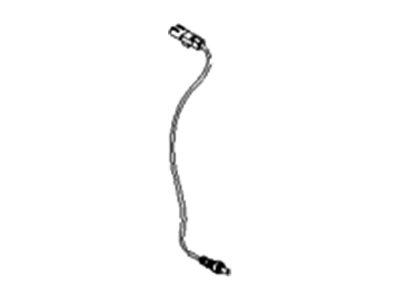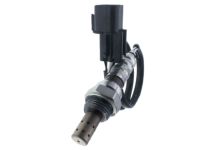×
- Hello
- Login or Register
- Quick Links
- Live Chat
- Track Order
- Parts Availability
- RMA
- Help Center
- Contact Us
- Shop for
- Hyundai Parts
- Hyundai Accessories


My Garage
My Account
Cart
Genuine Hyundai Santa Fe Oxygen Sensor
Oxygen O2 Sensor- Select Vehicle by Model
- Select Vehicle by VIN
Select Vehicle by Model
orMake
Model
Year
Select Vehicle by VIN
For the most accurate results, select vehicle by your VIN (Vehicle Identification Number).
42 Oxygen Sensors found

Hyundai Santa Fe Sensor Assembly-Oxygen,Rear
Part Number: 39210-2G200$181.68 MSRP: $255.26You Save: $73.58 (29%)Ships in 1-3 Business Days
Hyundai Santa Fe Sensor Assembly-Oxygen
Part Number: 39210-2G100$314.02 MSRP: $441.19You Save: $127.17 (29%)Ships in 1-3 Business Days
Hyundai Santa Fe Sensor Assembly-Oxygen,LH (Upper)
Part Number: 39210-3E130$218.17 MSRP: $306.51You Save: $88.34 (29%)Ships in 1-3 Business Days
Hyundai Santa Fe Sensor Assembly-Oxygen
Part Number: 39210-2G240$181.68 MSRP: $255.26You Save: $73.58 (29%)Ships in 1-2 Business Days
Hyundai Santa Fe Sensor Assembly-Oxygen
Part Number: 39210-2GAA0$314.02 MSRP: $441.19You Save: $127.17 (29%)Ships in 1-3 Business Days
Hyundai Santa Fe Sensor Assembly-Oxygen,Rear
Part Number: 39210-2GBB0$181.68 MSRP: $255.26You Save: $73.58 (29%)Ships in 1-2 Business Days
Hyundai Santa Fe Sensor Assembly-Oxygen,RH (Upper)
Part Number: 39210-3E210$229.40 MSRP: $322.30You Save: $92.90 (29%)Ships in 1-3 Business Days
Hyundai Santa Fe Sensor Assembly-Oxygen,LH (Lower)
Part Number: 39210-3E140$218.17 MSRP: $306.51You Save: $88.34 (29%)Ships in 1-3 Business Days
Hyundai Santa Fe Sensor Assembly-Oxygen,LH
Part Number: 39210-37530$219.93 MSRP: $309.01You Save: $89.08 (29%)Ships in 1-3 Business Days
Hyundai Santa Fe Sensor Assembly-Oxygen, Front(LH)
Part Number: 39210-3C100$157.23 MSRP: $220.90You Save: $63.67 (29%)Ships in 1-3 Business Days
Hyundai Santa Fe Sensor Assembly-Oxygen,RH (Lower)
Part Number: 39210-3E220$228.38 MSRP: $320.87You Save: $92.49 (29%)Ships in 1-3 Business Days
Hyundai Santa Fe Sensor Assembly-Oxygen, Front(RH)
Part Number: 39210-3C300$156.83 MSRP: $220.34You Save: $63.51 (29%)Ships in 1-3 Business Days
Hyundai Santa Fe Sensor Assembly-Oxygen, Front(RH)
Part Number: 39210-3CCB0$190.25 MSRP: $267.30You Save: $77.05 (29%)Ships in 1-3 Business Days
Hyundai Santa Fe Sensor Assembly-Oxygen,RH
Part Number: 39210-37510$219.93 MSRP: $309.01You Save: $89.08 (29%)Ships in 1-3 Business DaysHyundai Santa Fe Sensor Assembly-Oxygen,LH
Part Number: 39210-37533$227.10 MSRP: $319.07You Save: $91.97 (29%)Ships in 1-2 Business DaysHyundai Santa Fe Sensor Assembly-Oxygen,Rear
Part Number: 39210-2G260$181.68 MSRP: $255.26You Save: $73.58 (29%)Ships in 1-3 Business DaysHyundai Santa Fe Sensor Assembly-Oxygen,RH
Part Number: 39210-37140$243.40 MSRP: $341.96You Save: $98.56 (29%)Ships in 1-3 Business DaysHyundai Santa Fe Sensor Assembly-Oxygen,Rear(LH)
Part Number: 39210-3CBA0$190.25 MSRP: $267.30You Save: $77.05 (29%)Ships in 1-3 Business Days

Hyundai Santa Fe Sensor Assembly-Oxygen,Rear
Part Number: 39210-3C700$185.86 MSRP: $261.13You Save: $75.27 (29%)Ships in 1-3 Business Days
| Page 1 of 3 |Next >
1-20 of 42 Results
Hyundai Santa Fe Oxygen Sensor
If you are looking for affordable high-quality OEM Hyundai Santa Fe Oxygen Sensor, then you have come to the prime place. Our website provides a large amount of genuine Hyundai Santa Fe Oxygen Sensor at unbeatable prices. All our parts come backed with the manufacturer's warranty.
Hyundai Santa Fe Oxygen Sensor Parts Questions & Experts Answers
- Q: What special care should be taken when servicing an oxygen sensor on Hyundai Santa Fe?A:While working with oxygen sensor service care must be taken as it has the permanently attached pigtail and electrical connector that cannot be unplugged, and if they are damaged, the sensor is finished. To ensure the longevity and proper functionality of the electrical connector and sensor, grease, dirt, as well as other contaminants must not come into contact with both the electrical connector and the sensor; the sensor must also not be cleaned using cleaning solvents. Also, minimize either leaving the area around the sensor or dropping the sensor or handling it roughly. As the sensor is fitted in the exhaust manifold or Catalytic Converter where there is a contraction when the system is cold, it becomes a little tight to loosen when the engine is cold, then a brief running of the engine will help. The inlet and outlet of each primary catalytic converter is fitted with sensors together with two heated oxygen sensors at the outlet of each exhaust manifold before and after each catalytic converter. For the V6 models, the only way might be by lifting the car and setting it on jackstands to ease access particularly to the rear manifold sensors. To get to the sensor, eliminate all elements that can create interference and it differs depending on the year and equipment; sometimes preliminary oxygen sensors can be reached through openings in the heat shrouds. Removing the wiring, take off the sensor with an oxygen sensor socket or large wrench, and then cut the sensor pigtail off. Remove the sensor, and knowledgeable people would inform you that there are specific oxygen sensor sockets that can be bought at most auto part stores. Replacement is the process of putting back parts in reverse order but while fastening the oxygen sensor threads are covered with the anti-seize compound and tightened to the recommended torque.
Related Hyundai Santa Fe Parts
Browse by Year
2023 Oxygen Sensor 2022 Oxygen Sensor 2021 Oxygen Sensor 2020 Oxygen Sensor 2019 Oxygen Sensor 2018 Oxygen Sensor 2017 Oxygen Sensor 2016 Oxygen Sensor 2015 Oxygen Sensor 2014 Oxygen Sensor 2013 Oxygen Sensor 2012 Oxygen Sensor 2011 Oxygen Sensor 2010 Oxygen Sensor 2009 Oxygen Sensor 2008 Oxygen Sensor 2007 Oxygen Sensor 2006 Oxygen Sensor 2005 Oxygen Sensor 2004 Oxygen Sensor 2003 Oxygen Sensor 2002 Oxygen Sensor 2001 Oxygen Sensor 2000 Oxygen Sensor
